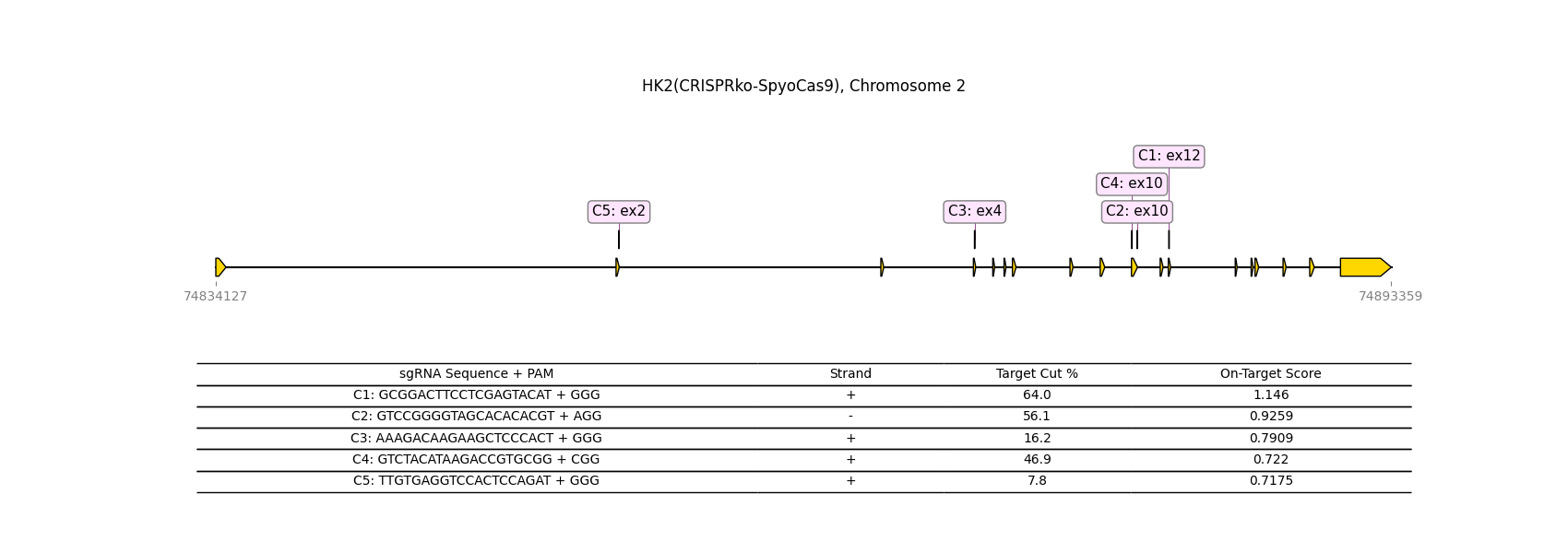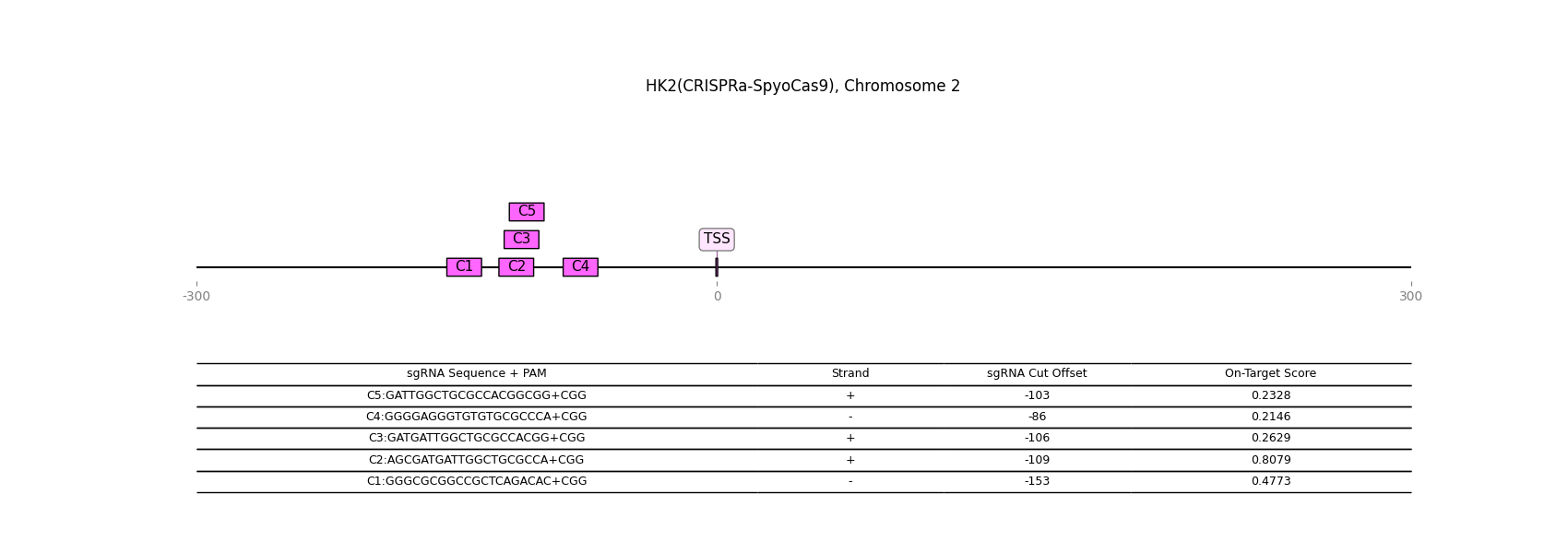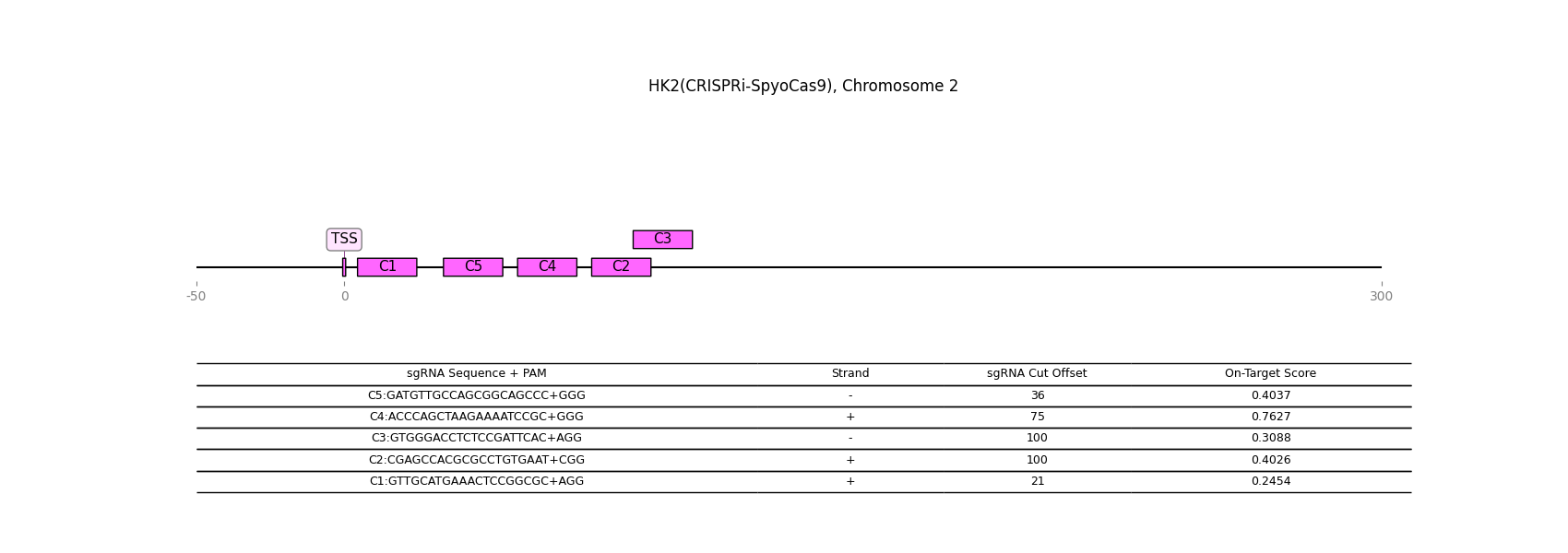Gene Details: HK2
1 / 1
General Information
Gene Name: HK2 (Hexokinase-2)
Synonym:
Short Names:
Alternative Names: Hexokinase type II;Hexokinase-B;Muscle form hexokinase;
Notes:
- HK2 transfers phosphate to glucose to create glucose-6-phosphate. This is the first step of glycolysis, and necessary to form nucleotide-sugars.
Description from Dr.Glyco-GPT:
Warning: LLMs can generate factually incorrect information, as they simply predict the next word based on training data. Always verify LLM output by cross-checking with reliable sources!
Catalytic Activity

Reaction and Disease Links
EC # (IUBMB):
2.7.1.1
Brenda:
2.7.1.1
OMIM:
601125
KEGG: 3099
Reactome :
R-HSA-70171
Transcript levels (Cell lines and Single cell data) URL
CRISPR-knockout

CRISPR-activation

CRISPR-inactivation

Transcription factor-gene relationship (details at glycoTF page)
Top 10 TFs
| TF | Score |
|---|---|
| TCF25 | 0.404176 |
| UBE2I | 0.399213 |
| ZNF207 | 0.399075 |
| NCOR1 | 0.391142 |
| SSU72 | 0.390995 |
| BRD4 | 0.390264 |
| YY1 | 0.390042 |
| SNRNP70 | 0.383657 |
| SRSF4 | 0.383021 |
| RBM25 | 0.380830 |
Licensing: CC BY 4.0. You are fee to copy, redistribute, remix, transform and build upon all material, except for textbook figures from the Essentials.